[After COVID-19] Linear parks emerge as model public spaces
Linear parks facilitate connection, orderly movement of people which are important considerations in pandemic times
By Park YunaPublished : April 27, 2021 - 14:46
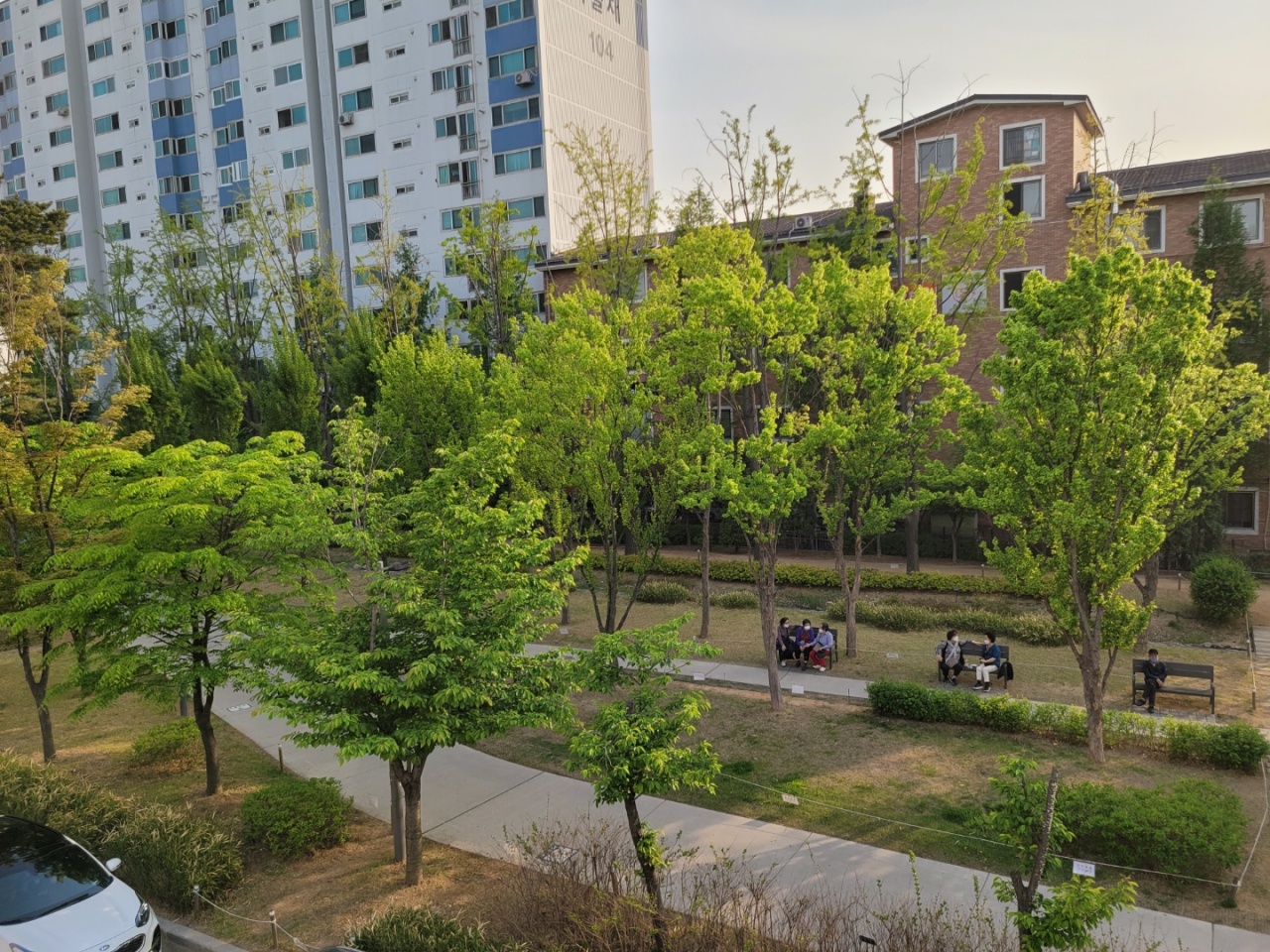
Following is the third article in a three-part series that explores housing in the post-pandemic era. - Ed.
Ever since the COVID-19 pandemic outbreak, Lee Min-joo, a college student in Seoul, has been looking for safe places to go walking. She laments the fact she has no nearby parks where she can simply walk to.
“I have to take a bus or subway to reach a park. It’s like I have to make time to visit a park,” Lee said. I wish we had more parks so we can take a walk and enjoy takeout food outdoors, especially in the pandemic times.”
As the pandemic continues, more people are eager to enjoy nature and fresh air. The role of parks has become more important than ever before.
Although there are 2,868 parks in Seoul alone -- offering 17 square meters of green area per person as of 2020 -- experts say many public parks are badly managed and neglected by residents. Moreover, nearly half of all small parks in Seoul are built as children’s playgrounds, according to the Seoul Metropolitan Government’s latest data.
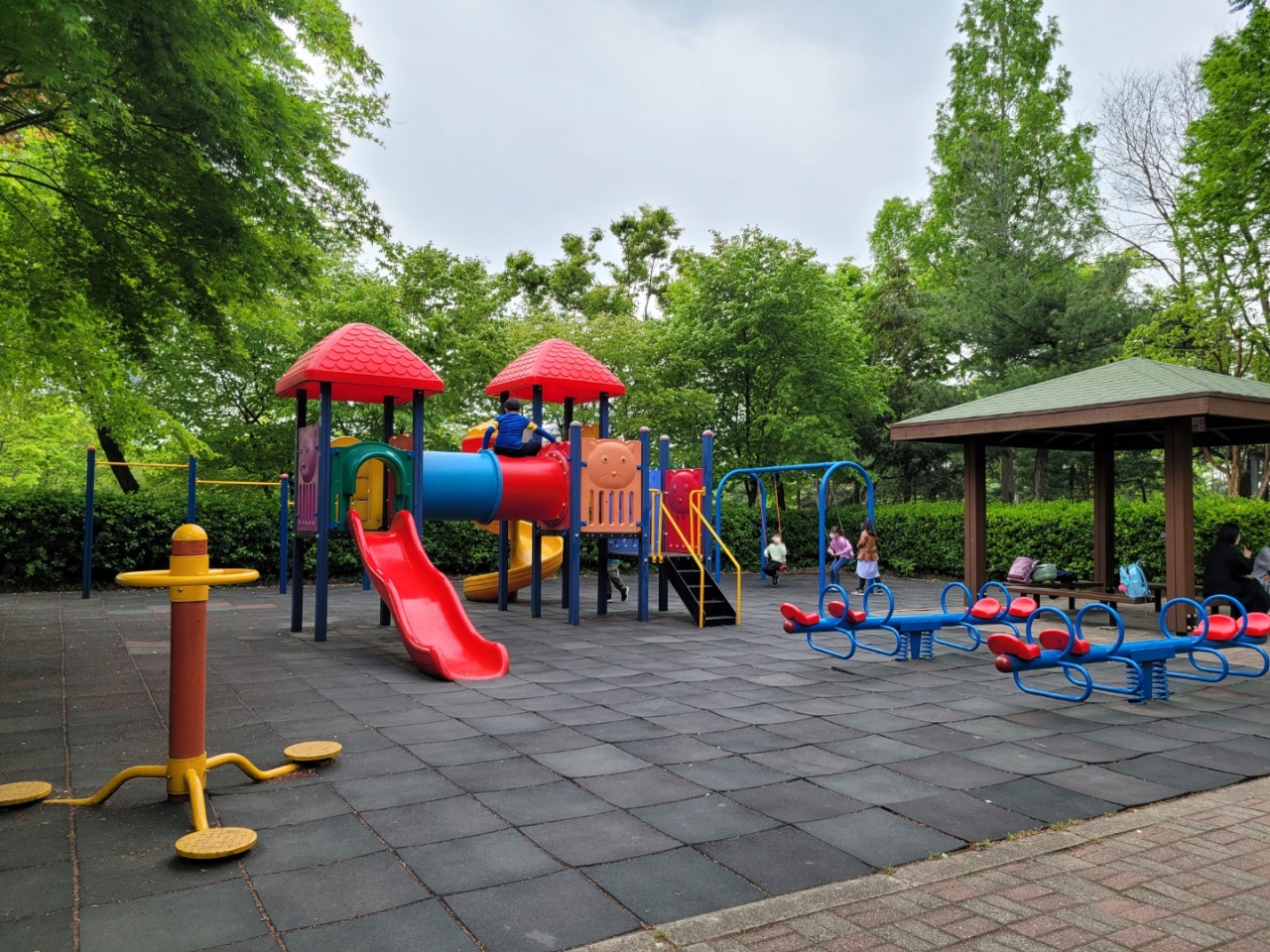
"Parks are becoming more important, and the pandemic has fueled the demand. However, many parks are technically left abandoned in Korea and usually neglected by residents,” said Lee Jung-hyung, a professor at School of Architecture and Building Science at Chung-Ang University.
He explained that the parks are managed by lower level local governments who usually lack the necessary money and the manpower to maintain the parks.
“They are not managed well compared to other countries,” he said.
In Japan, a law was amended in 2017 to allow private entities to run businesses in public parks to draw more people to the green spaces, which has had good results, Lee said.
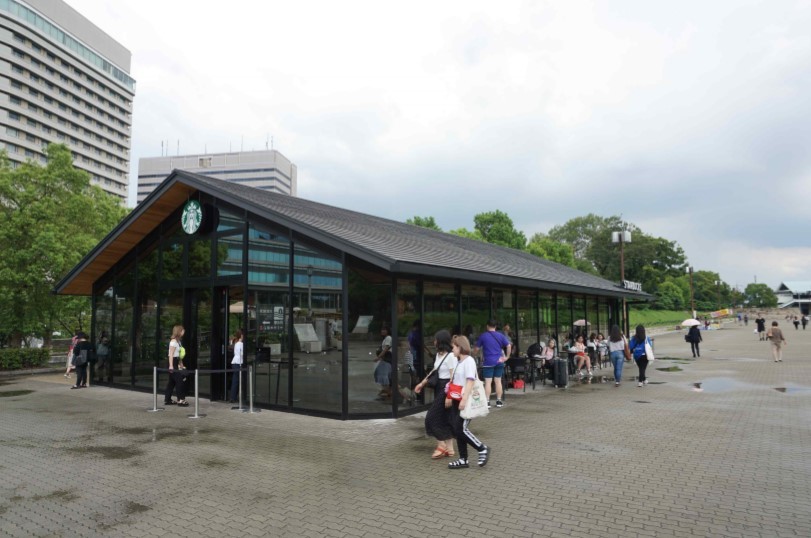
In Korea, however, only public parks that are 100,000 square meters or larger may allow private businesses to operate, which is one of the reasons why small local parks are underused, he said.
“To foster community parks, it will be a good idea to allow the private sector to run business and have them pay for using the space. That will help raise the fund to manage the parks and create more employment in the town as well,” Lee said.
Book cafes and flea markets will naturally attract people to the parks, he suggested.
Apartment complexes with parks and good landscaping are becoming more popular than ever as people look for nature-friendly environments. But as those parks are usually built for the exclusive use of its residents, some say the gap between the rich and the poor in terms of access to green areas is deepening.
“I was upset when I saw a sign that says ‘residents only’ at an entrance to the new large-scale apartment complex near my home,” said a Seongbuk-dong resident surnamed Ji. “It seems parks inside apartment complexes are private places for residents only.”
Kim Ah-yeon, a professor of landscape architecture at University of Seoul, said the problem needs to be addressed.
“Parks should be accessible to anyone. but those in apartment complexes are almost like large-scale private parks. As for public parks, there are some flaws in the running of those parks at the administrative level, which should be improved,” Kim said.
Kim and her team participated in the open call “What is to be Asked,” organized by the Seoul Hall of Urbanism and Architecture with the research theme of “How will parks in the coronavirus era deal with disasters?”
Linear parks emerge as alternative
The Gyeongui Line Forest Park is a 6.3-meter linear park in Seoul which was completed in 2016, stretching along five subway stations, including Hongik University and Gongdeok stations. The park was built along an abandoned railroad track that once connected Seoul and Sinuiju in today’s North Korea. Built during the Japanese colonial period, the Gyeongui Line was in use from 1904 to 1951, when the Korean War halted its operation.
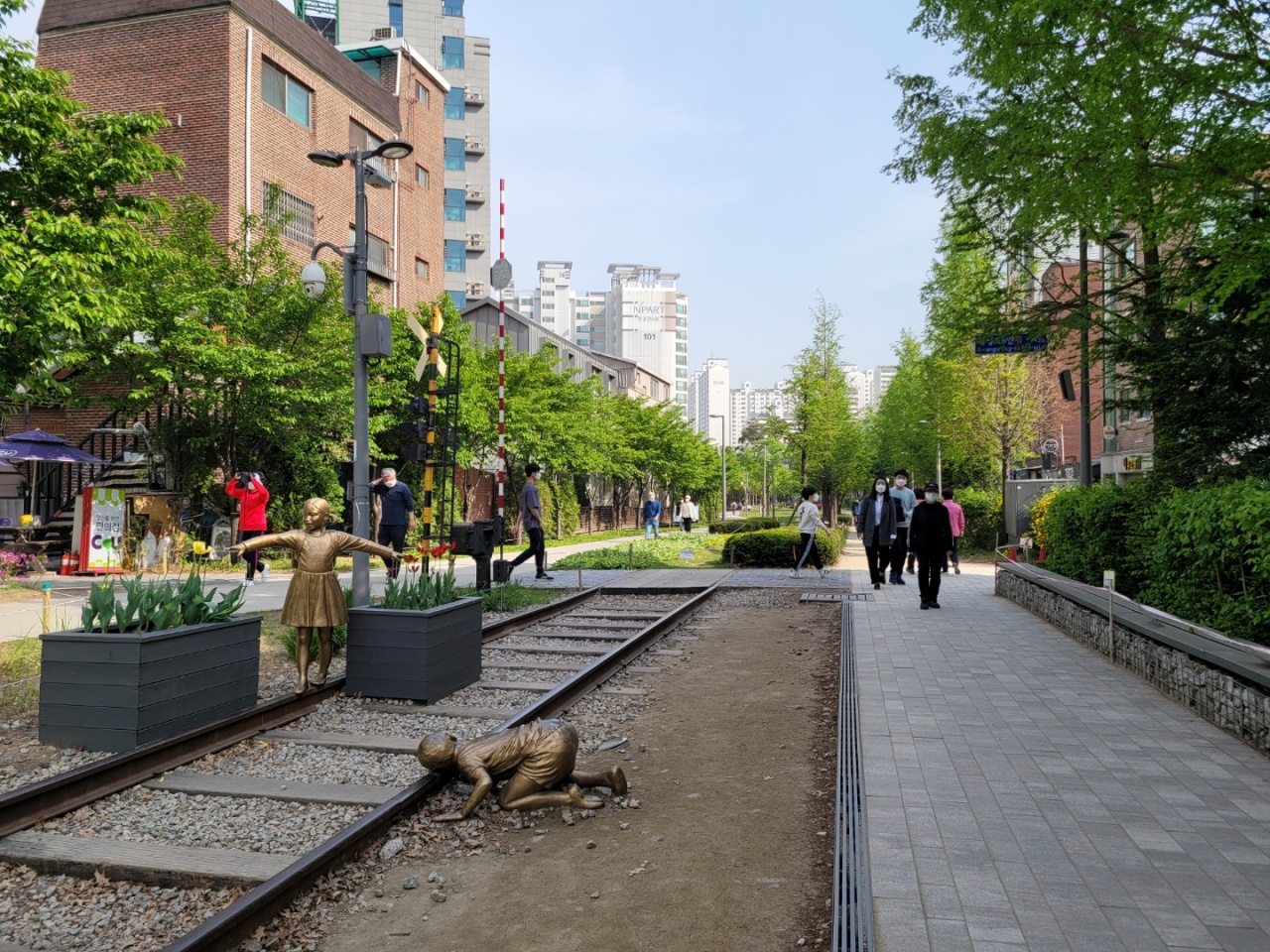
Now dubbed “Yeontral Park,” a combination of Yeonnam-dong -- a popular neighborhood among young people through which the park passes, and Central Park in New York City -- the Gyeongui Line Forest Park is considered a model public space in the pandemic times by many experts.
At a time when people’s movements are limited, the linear park fosters interaction among different areas through which the park passes and allows people to stroll in an orderly manner.
“I feel safe walking in the park because people walk along the park in an orderly manner. I take a walk everyday with my dog,” said Park Ji-hye who works near Hongik University Station located close to the Gyeongui Line Forest Park.
Shops, restaurants and cafes are dotted along the park and run parallel to residential areas.
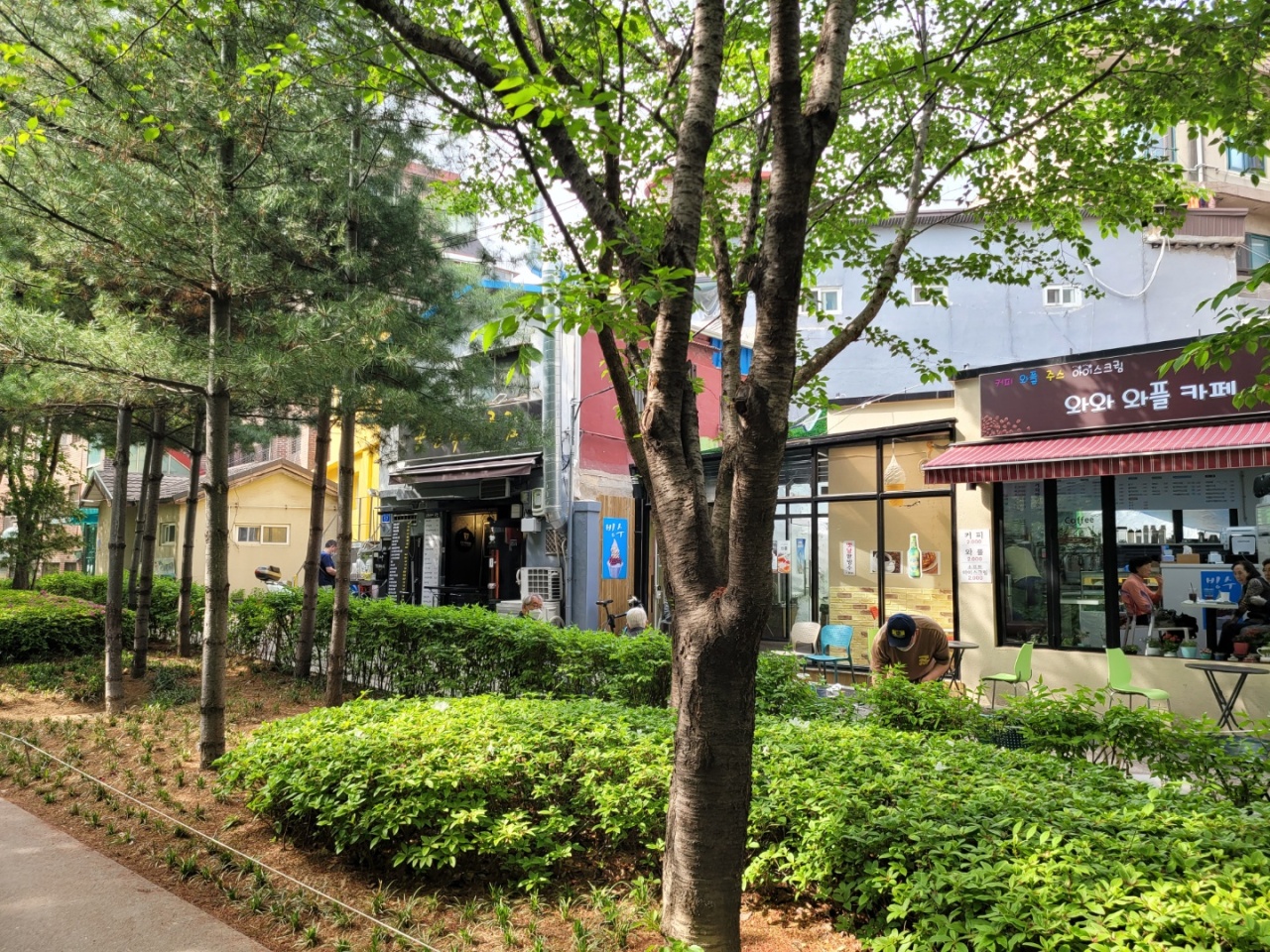
"The park is a good ‘healing’ place for me when the pandemic has restricted travels. I can take out coffee or food from a nearby restaurant instead of dining inside a crowded restaurant,” said Wang Chi-yeh who was enjoying a coffee break at the park on a recent Wednesday afternoon.
Kim of the University of Seoul stressed that the perception that parks are static places where people sit on a bench or walk within an enclosed, limited space needs to change.
“A linear park continues through different areas and forms a network along the areas unlike typical parks in which people walk round and round. This is a good environment for people, particularly in the pandemic times,” Kim said.
According to a report by the Korea Research Institute for Human Settlements, a think tank on urban planning, linear parks offer much-needed green stretches in compact cities like Seoul, where space for parks are limited and many people cannot easily access them on foot.
In addition to the Gyeongui Line Forest Park, there are a few linear parks in Korea, such as the Gyeongchun Line Forest Park in northern Seoul.
Authorities need to take action to provide safe places for the public in the pandemic times, said Yoo Hyun-joon, head of Hyunjoon Yoo Architects and a professor at Hongik University, who also warned that the pandemic is widening the gulf between social classes.
“Offline spaces need to be resilient to the pandemic. This era we are living in now is a very important time in which to make crucial decisions,” Yoo said during a lecture held at the Dongdaemun Design Plaza last October.
“The decisions we make will be pivotal to changing the course of human history for the next century.”
By Park Yuna (yunapark@heraldcorp.com)







![[From the Scene] Monks, Buddhists hail return of remains of Buddhas](http://res.heraldm.com/phpwas/restmb_idxmake.php?idx=644&simg=/content/image/2024/04/19/20240419050617_0.jpg&u=20240419175937)



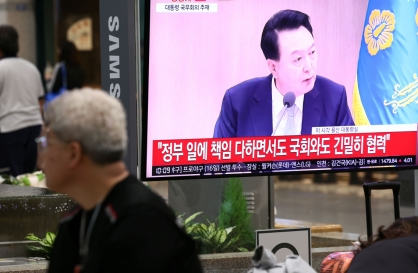




![[From the Scene] Monks, Buddhists hail return of remains of Buddhas](http://res.heraldm.com/phpwas/restmb_idxmake.php?idx=652&simg=/content/image/2024/04/19/20240419050617_0.jpg&u=20240419175937)

![[KH Explains] Hyundai's full hybrid edge to pay off amid slow transition to pure EVs](http://res.heraldm.com/phpwas/restmb_idxmake.php?idx=652&simg=/content/image/2024/04/18/20240418050645_0.jpg&u=20240419100350)

![[Today’s K-pop] Illit drops debut single remix](http://res.heraldm.com/phpwas/restmb_idxmake.php?idx=642&simg=/content/image/2024/04/19/20240419050612_0.jpg&u=)